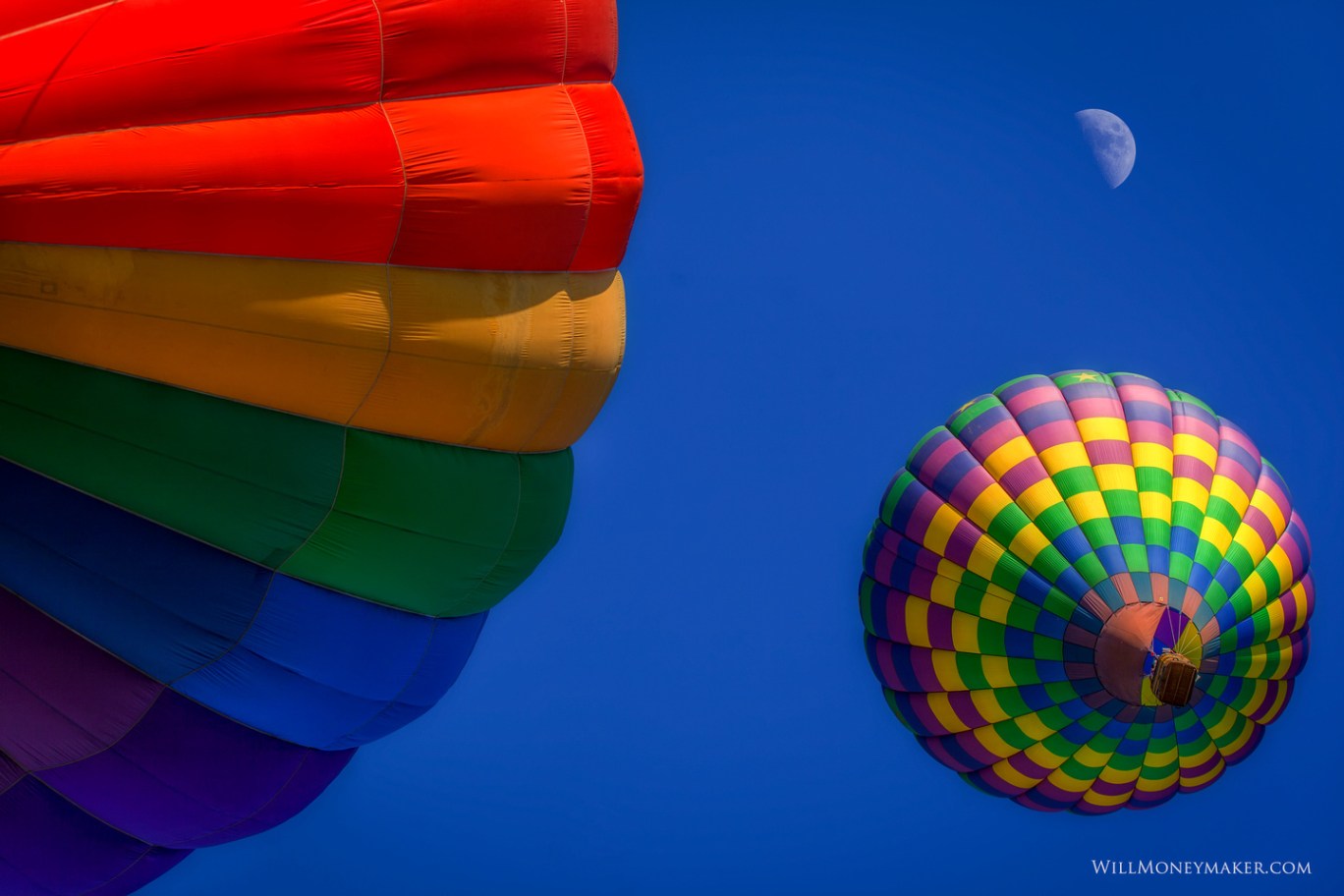Every artist has a voice. Writers express their voice through the tone, style and underlying meanings of a piece. Painters express it with colors, brush strokes and compositions. Perhaps that is an over-simplified explanation of what it means to have an artistic voice, but the point remains: Artists all have voices, no matter the medium.
So, what is the photographer’s voice? How does he or she express that voice? It’s a complicated topic, one that could likely take hours upon hours of discussion. At its very basic essence, your voice is your purpose.
In order to identify your voice, the first thing to do is to sit down and think about why you create artwork in the first place. Art is a labor of love — you do it because you love to create thought-provoking things, and you enjoy sharing the things you’ve created with others. But for all of us, there is more to it than love.
For some of us, our motivations are centered around a cause. Perhaps there is an issue that we want to bring attention to. This could be an environmental issue, poverty, or something else. For other photographers, our purpose might be to evoke emotion. When we create an image, we want the viewers to feel what we felt as we looked at the scene and snapped the shutter. And then, there are other photographers who use their voices to get a message across. We may create images in the hopes of conveying a basic lesson about kindness or to show people what things like heartbreak look like.
Every photographer has a different motivation and, thus, a different voice. Going past that, many of us — most of us, even — may speak with several voices, depending on the project. You don’t need to limit your voice. Perhaps some of your photographs are meant simply to be enjoyed for their beauty, while others advocate a cause.
Your purpose, or your motivation, is only part of your voice. As I mentioned earlier, writers and painters may use things like brush strokes or clever phrases that are unique to the artist who produced them. These things are part of the artist’s style — and the artist’s style is part of his or her voice. For the photographer, this means that things like lighting choices, the clever use of depth of field, prominent colors or contrasts, compositions, and so on are all part of your artistic voice.
So that’s the voice in a nutshell: Your motivations plus the way you use the photographic tools at your disposal. These are all things that are uniquely you. Next comes the question of what it means to express that voice.
First of all, I think it takes courage to express your artistic voice. When you create a photograph and put that photograph on display for the world to see, you are essentially exposing your opinions and the vulnerable part of your creative self to the world. If you create a landscape image that you think is beautiful, for instance, then in doing so, you are announcing to the world that this is a scene that holds beauty for you. And if you create something that highlights the effects of poverty, as another example, you are saying to the world that this is what poverty looks like — and perhaps we should do something about it. No matter what sort of photographs you produce, and no matter what motivations may be behind it, you are revealing some of your opinions or beliefs about the world.
That is why I say that expressing your voice takes courage. If you publish a simple landscape, there will be people who disagree with you about its beauty. And if you make the argument that we, as a society, need to tackle poverty in one way or another, then there will be dissenting voices that either don’t see the problem as a problem or they’ll see it in different ways from you, with different possible solutions. There’s a sort of fearlessness that is required to open yourself up to this scrutiny. Because of that, it can be extremely difficult to not only produce a creative work but to show it to the world — particularly if the subject material is controversial in nature.
How do you get past that fear of showing your opinions to the world? The first thing, to my mind, is to challenge yourself to photograph what is in your heart. Is there a controversial image or an unpopular opinion that you’d like to express, but you never made the photograph because you thought others wouldn’t like it? Then start there: Make the photograph. If it helps, tell yourself that this photograph may never leave the safety of your computer’s hard drive. But, make that photograph anyway, even if you are the only one who sees it.
Once you’ve made that image, then think about this: Society is made up of thousands of creative voices, each of them unique in its own way. And that is what makes society a beautiful thing, like a rich tapestry with thousands of threads. Your artistic voice, just like anyone else’s, holds value just by virtue of the fact that it is unique. You don’t have to follow trends or create the images that everyone else is creating. Even if the thing that you are trying to express isn’t widely popular, it is still more valuable than mass-produced trend art because it is different. If you only stick to trends, if you only take the photographs that are the “safe” options, things that you think everyone will find beautiful, then the only thing you’re doing is silencing your own artistic voice.
I know that overcoming the fear of expressing your voice or your opinions is easier said than done, but if there is a final takeaway, it’s this: Your voice is unique, and because of that, it has power — and therefore, it is worthy of expression.
Here are five excellent books on the subject of expressing one's artistic vision in photography:
“The Photographer's Eye: Composition and Design for Better Digital Photos” by Michael Freeman — This book offers a deep dive into the principles of composition and design, helping photographers understand how to convey their artistic vision through thoughtful framing and creative decisions.
“Photographically Speaking: A Deeper Look at Creating Stronger Images” by David duChemin — David duChemin explores the importance of a photographer's voice, emphasizing storytelling and the emotional impact of images. He provides insights and practical advice for developing a unique photographic style.
“The Art of Photography: A Personal Approach to Artistic Expression” by Bruce Barnbaum — This classic book covers both the technical and artistic aspects of photography, encouraging photographers to develop their own voice and express their personal vision through their work.
“On Photography” by Susan Sontag — Although not a how-to book, Sontag's essays provide a profound philosophical perspective on photography, challenging readers to think about the medium in new ways and explore their own motivations as photographers.
“Steal Like an Artist: 10 Things Nobody Told You About Being Creative” by Austin Kleon — This inspirational book, while not exclusively about photography, offers valuable insights into the creative process and encourages artists of all kinds to embrace their unique voices and find inspiration in unexpected places.
Now, go and enjoy the beauty of God’s creation through your lens.




